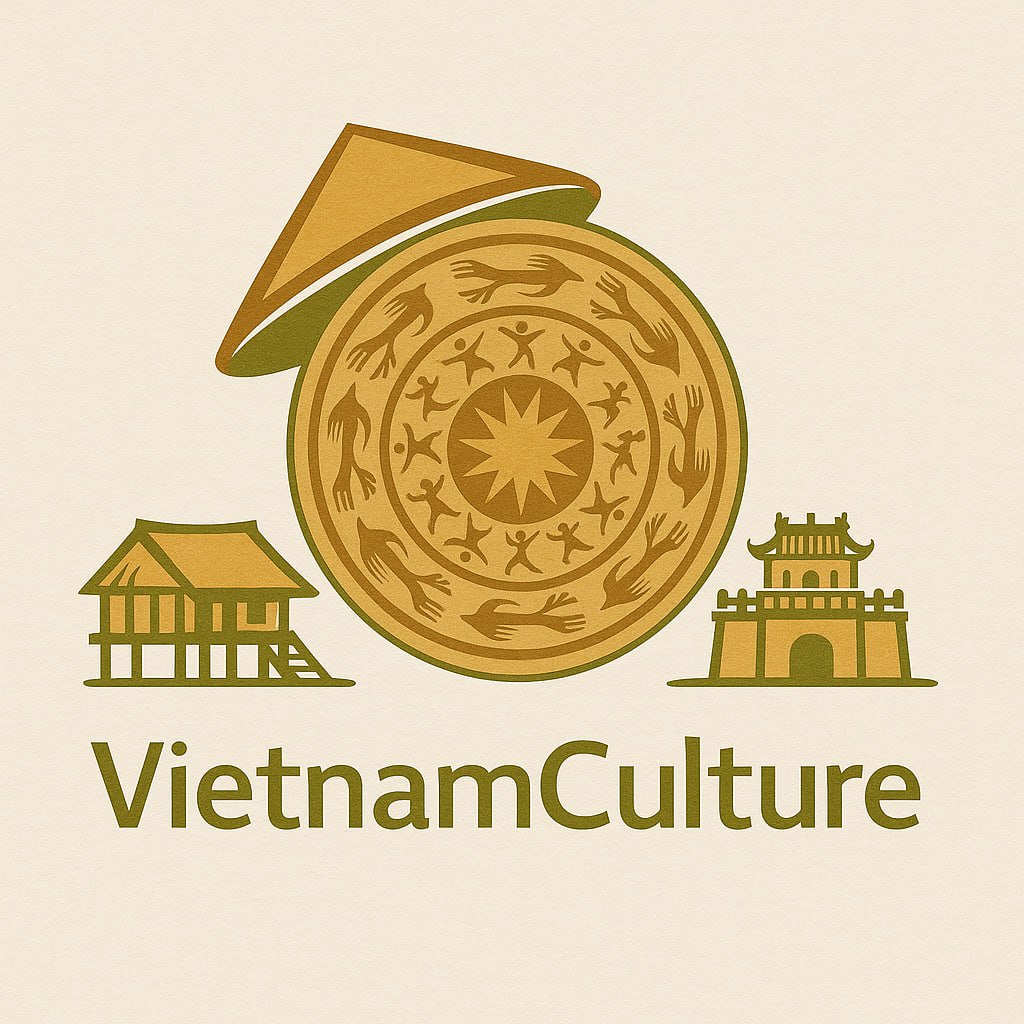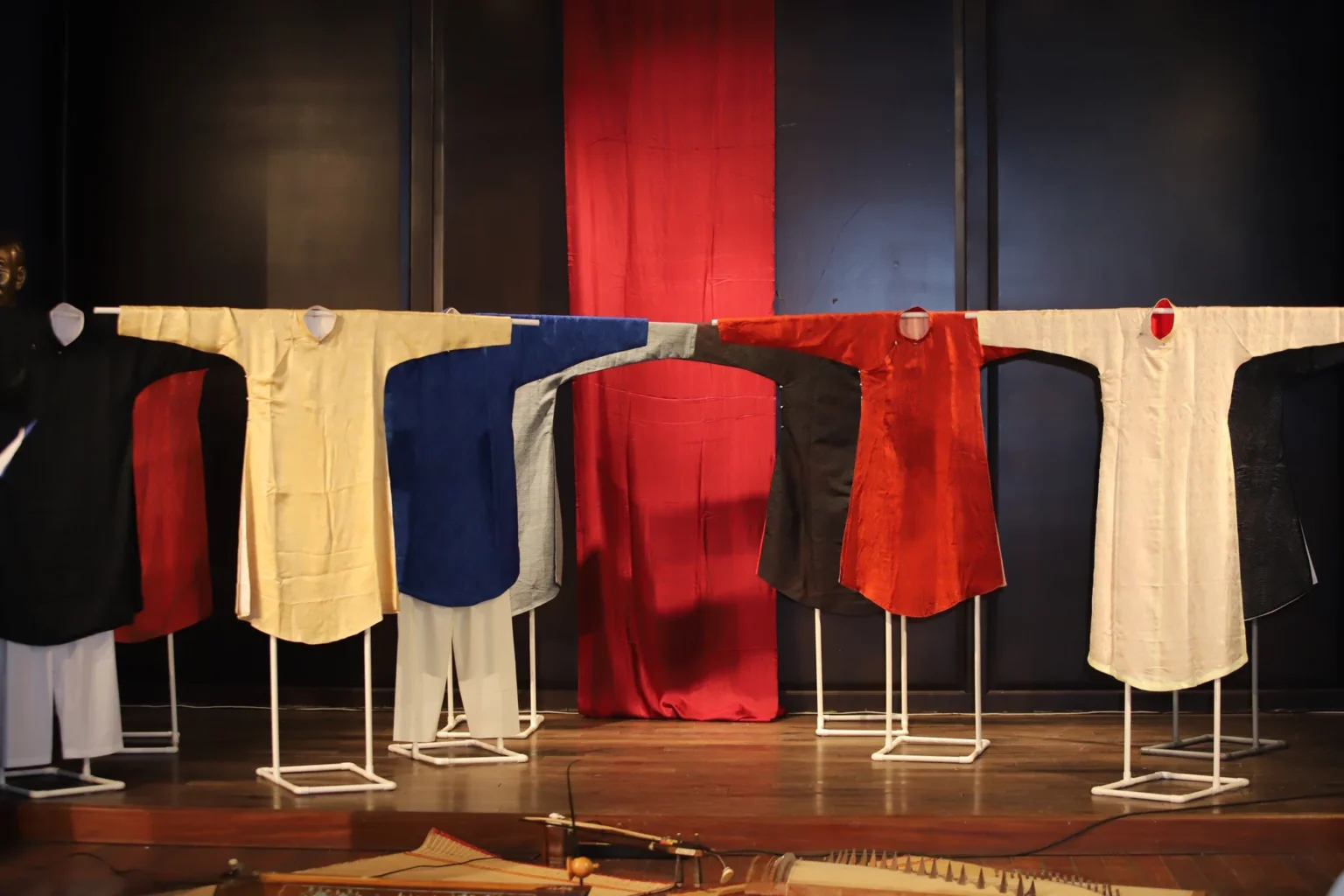Among the many cultural symbols of Vietnam, the ao dai Vietnam stands out as an iconic and enduring image of beauty, grace, and national pride. This traditional Vietnamese dress, known for its elegant form and flowing silhouette, has transcended centuries, political regimes, and fashion trends to remain a deeply loved and respected part of Vietnamese identity.
Whether worn by schoolgirls, brides, government officials, or performers on stage, the ao dai reflects the essence of Vietnamese culture—harmonious, graceful, and resilient.
This article explores the origins, evolution, cultural significance, and modern relevance of ao dai Vietnam, offering a comprehensive look at one of the most recognizable traditional garments in Southeast Asia.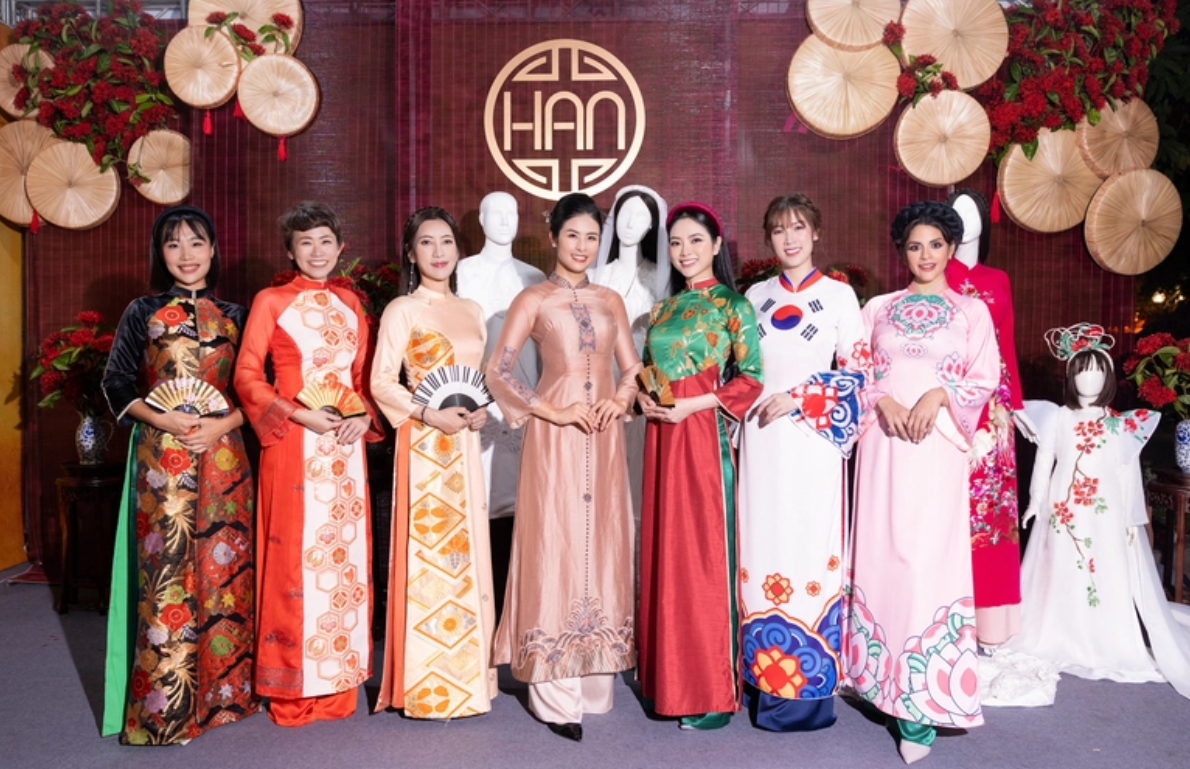
1. The Origins of Ao Dai Vietnam
From Giao Lanh to Modern Ao Dai
The history of ao dai Vietnam can be traced back to the 18th century, during the rule of Lord Nguyen Phuc Khoat in the southern region of Vietnam. He implemented reforms that led to the evolution of the ao giao lanh (a wide-sleeved robe), which later developed into the ao tu than (four-panel dress) and eventually the ao ngu than (five-panel dress), considered a direct predecessor to today’s ao dai.
By the early 20th century, the ao dai underwent significant changes, particularly with the influence of French colonial aesthetics.
The Lemur Ao Dai – A Modern Breakthrough
In 1934, painter Cat Tuong (Le Mur) introduced a new, modernized version of the ao dai—called the Lemur ao dai—with Western tailoring elements such as a form-fitting bodice, high neckline, and long flowing panels. This design was revolutionary, combining Vietnamese modesty with European fashion influences.
2. Cultural Significance of Ao Dai Vietnam
A National Symbol
Today, ao dai Vietnam is considered a national dress—a symbol of Vietnamese identity and the embodiment of feminine beauty. It plays a central role in national holidays, diplomatic events, weddings, beauty pageants, and cultural performances.
In fact, the word “ao dai” has been officially added to the Oxford English Dictionary, a testament to its global recognition.
A Reflection of Vietnamese Womanhood
The flowing form of the ao dai symbolizes softness and gentleness—key virtues of traditional Vietnamese femininity. But beneath the surface, it also represents strength, dignity, and resilience. Worn by queens, mothers, teachers, and students, ao dai conveys a sense of pride and continuity across generations.
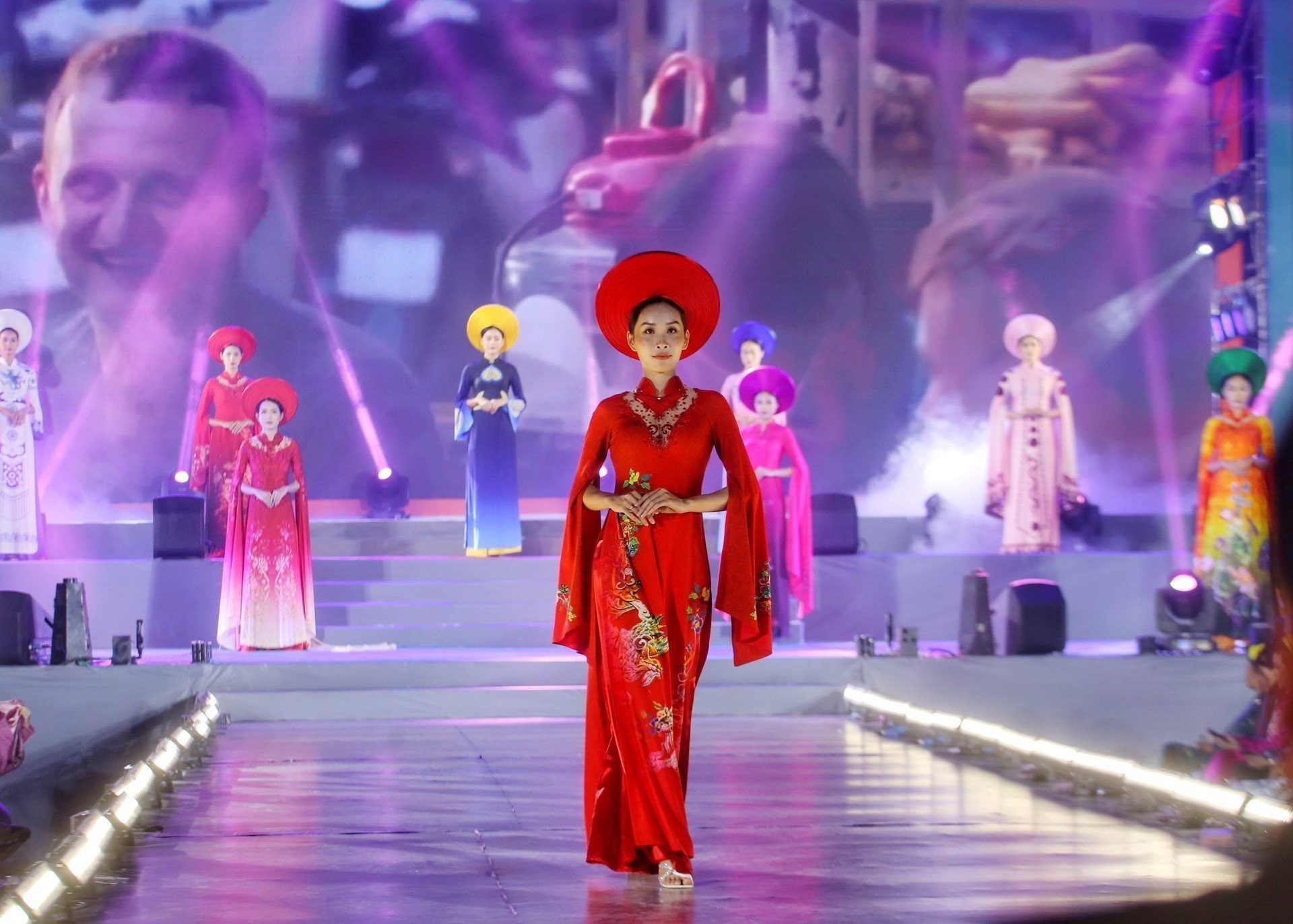
3. The Construction of Ao Dai Vietnam
An ao dai is carefully crafted to highlight the wearer’s grace while ensuring modesty. It consists of:
- High Collar: Traditional ao dai features a mandarin-style collar, though variations include heart-shaped, round, or boat necklines.
- Fitted Bodice: The bodice is tailored closely to the body, from the neck down to the waist.
- Two Long Panels (Tails): One in the front and one at the back, often reaching the ankles.
- Side Slits: From the waist down, allowing for graceful movement.
- Trousers: Usually wide-legged pants made of silk, extending to the floor.
The dress is typically made from luxurious fabrics like silk, velvet, or brocade and often decorated with embroidery, hand-painted patterns, or modern prints.
4. Ao Dai Through the Ages: A Timeline
Ao Tu Than (18th century)
- Worn mainly in Northern Vietnam.
- Four panels symbolizing the parents of both spouses.
- Combined with a yem (silk halter top) and a black skirt.
Ao Ngu Than (19th century)
- Five-panel design representing the five cardinal virtues of Confucianism.
- Worn by both men and women during the Nguyen dynasty.
Ao Lemur (1930s)
- Western-style tailoring.
- Introduction of bright colors and form-fitting design.
- Considered controversial for being too modern at the time.
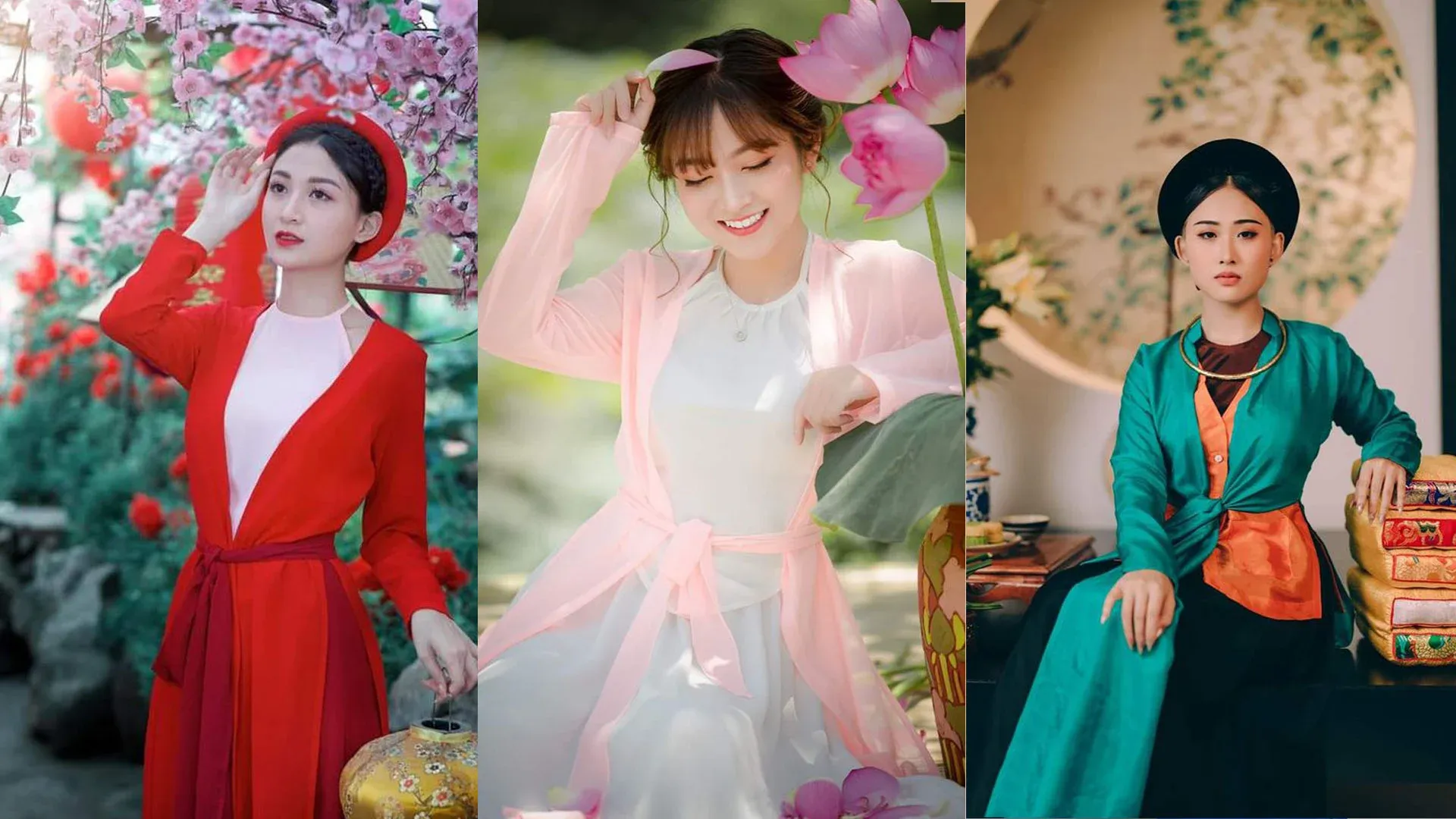
Ao Dai Le Pho (1950s)
- Modified version of Lemur, more traditional and refined.
- Became widely popular and is still the blueprint for the modern ao dai.
Ao Dai Raglan (1960s)
- Introduced raglan sleeves, enhancing comfort and fit.
- Common among Saigon women during the Republic of Vietnam era.
Ao Dai Tran Le Xuan
- Created by Vietnam’s First Lady, Tran Le Xuan, who famously removed the high collar to create a more sensual, open neckline.
- Initially criticized but later became a fashionable trend.
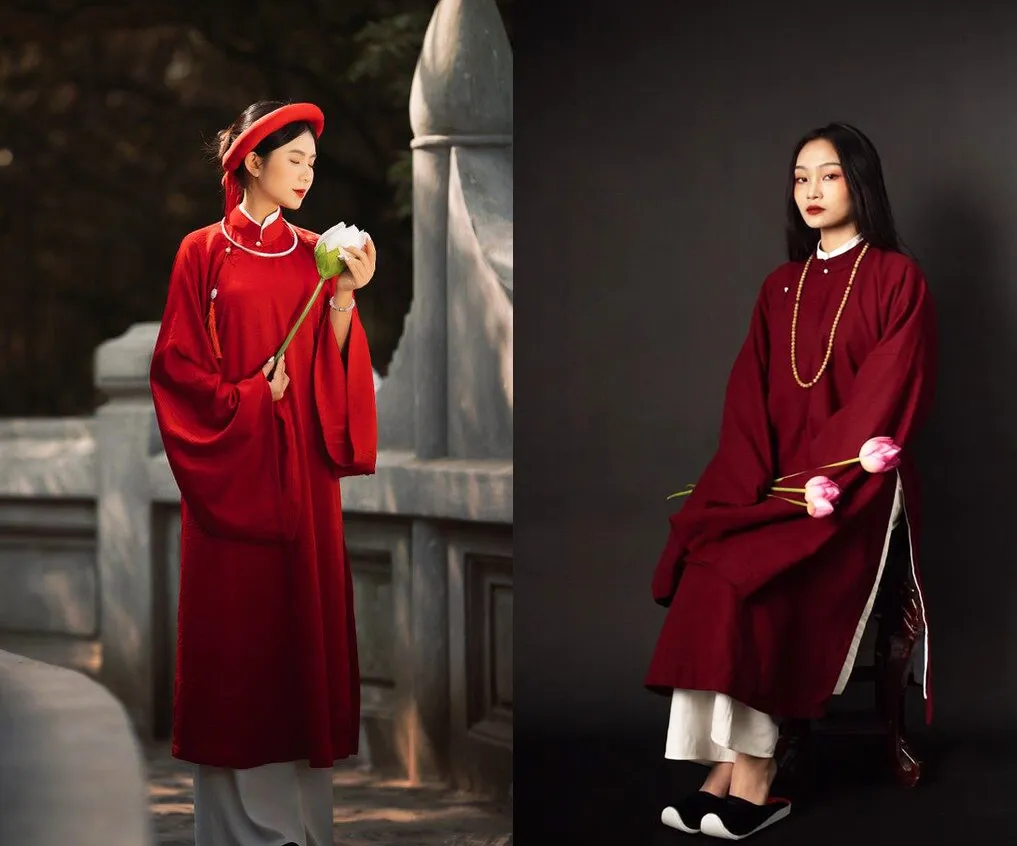
5. Ao Dai in Contemporary Vietnam
Modern Usage
Today, the ao dai is a versatile garment worn across different sectors and demographics:
- Schoolgirls: Especially in high schools, white ao dai is a symbol of purity and youth.
- Office Workers: Uniforms for female teachers, receptionists, and diplomats often feature ao dai.
- Brides: Ao dai wedding dresses are often red or gold, symbolizing luck and prosperity.
- Cultural Ambassadors: Beauty queens, singers, and models wear ao dai during international events to showcase Vietnam’s heritage.
Fashion Innovations
In recent years, the ao dai Vietnam has been reimagined by top designers:
- Shortened Tails: Easier to wear daily or in casual settings.
- New Materials: Including lace, chiffon, and organza.
- Color Diversity: From pastel tones to bold, modern palettes.
- Layering Styles: Ao dai worn with skirts, jeans, or sneakers—especially among the youth.
While some purists prefer the traditional version, modern adaptations allow ao dai to evolve and remain relevant in a fast-changing world.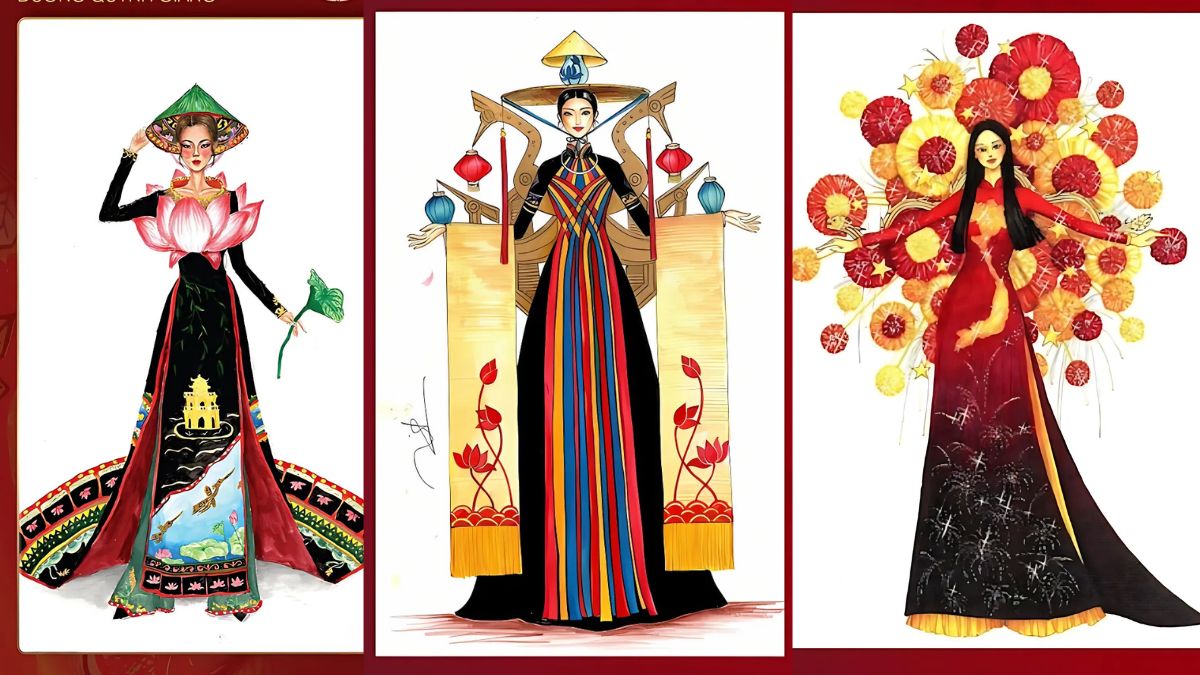
6. Fabrics That Define Ao Dai Vietnam
The charm of ao dai isn’t just in its design—it’s also in the fabric:
Silk (Lụa)
- Soft, smooth, and breathable.
- Flows beautifully with the body’s movements.
- Ideal for ceremonial and formal ao dai.
Brocade (Gấm)
- Woven with intricate patterns, sometimes metallic threads.
- Heavy and luxurious, perfect for weddings or high-end events.
Chiffon/Voile
- Lightweight and sheer.
- Often used in modern and artistic interpretations.
Jacquard
- Rich in texture, used mainly for mature women’s ao dai.
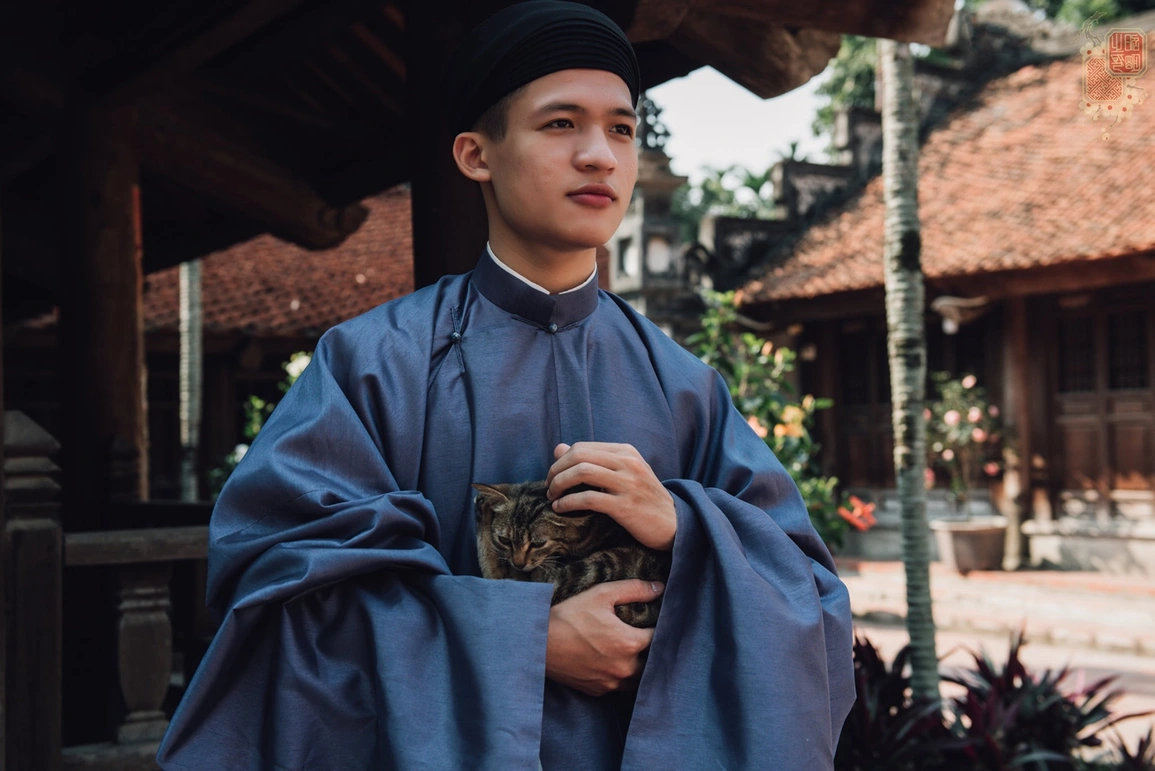
7. Ao Dai Festivals and Global Recognition
Vietnam holds annual Ao Dai Festivals in major cities like Hue, Hanoi, and Ho Chi Minh City. These events celebrate:
- Cultural heritage
- Creativity of Vietnamese designers
- Ao dai’s role in national identity
The festivals often feature parades, fashion shows, and art exhibitions, and attract thousands of participants, including international visitors.
In addition, Vietnamese designers like Minh Hanh, Vo Viet Chung, and Si Hoang have brought ao dai onto the global stage, introducing collections at international fashion weeks and cultural exchanges.
8. Ao Dai as a Cultural Export
Ao dai is now more than just national attire; it is a cultural ambassador:
- Souvenir and tourism product: Many visitors buy or rent ao dai during trips to Hanoi, Hue, or Hoi An.
- Fashion influence: Global fashion houses have taken inspiration from ao dai in their collections.
- Diaspora identity: Overseas Vietnamese communities often wear ao dai during Tet and other holidays to maintain their cultural roots.
Ao dai also plays a crucial role in public diplomacy. At international forums and UN events, Vietnamese women often appear in ao dai, symbolizing Vietnam’s pride, tradition, and elegance.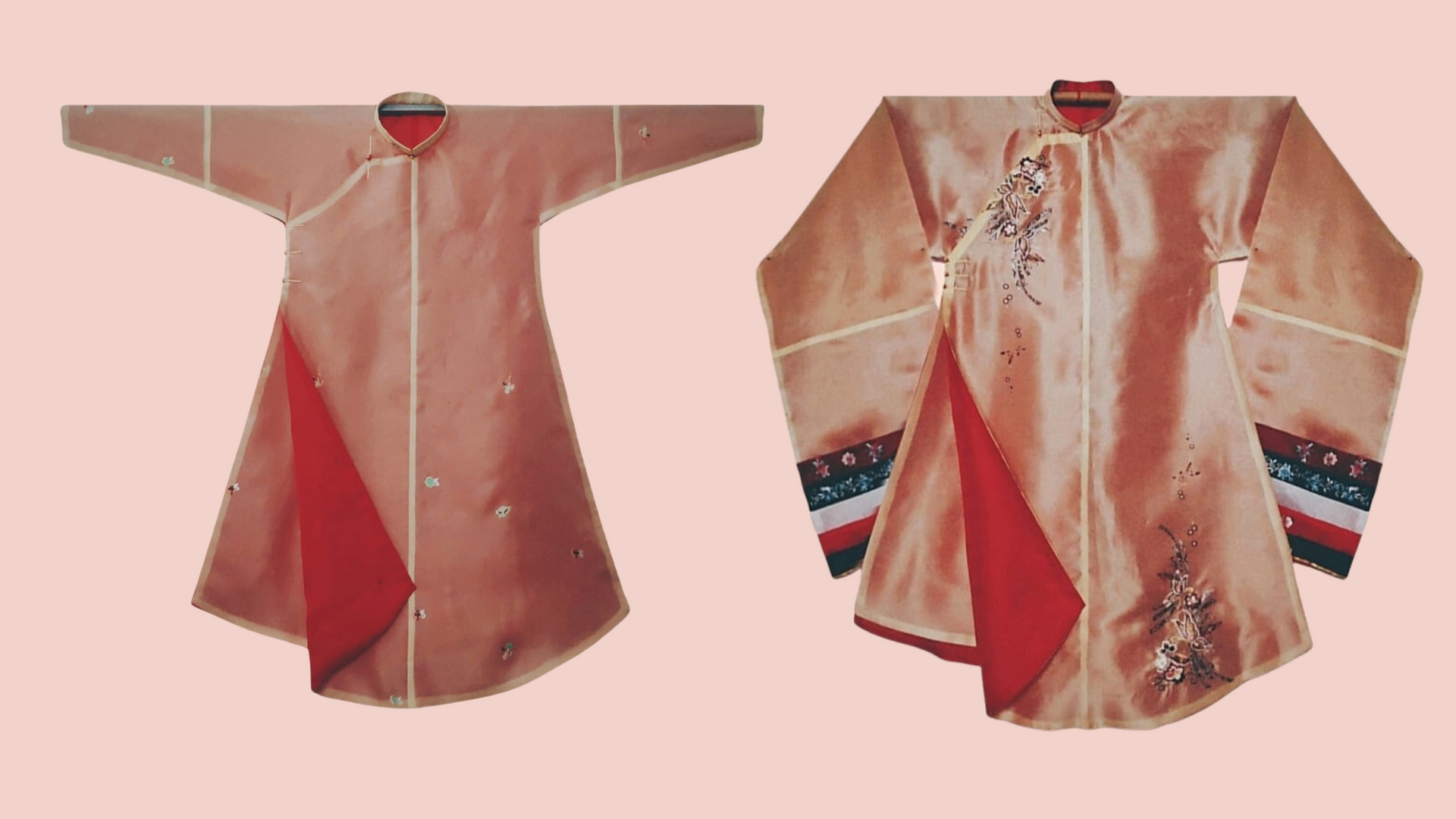
9. Why Ao Dai Vietnam Remains Timeless
Despite centuries of transformation, ao dai remains:
- Emotionally resonant: It evokes nostalgia and pride for many Vietnamese.
- Culturally flexible: It evolves with time while maintaining its essence.
- Universally flattering: Its design suits all body types, ages, and personalities.
In a world where fashion changes rapidly, ao dai stands still—elegant, respectful, and unmistakably Vietnamese.
FAQs
Q: Is the ao dai only for women?
A: Traditionally, it’s more commonly worn by women, but there are ao dai styles designed for men—especially for weddings, Tet, and traditional ceremonies.
Q: Can tourists wear ao dai in Vietnam?
A: Yes! It’s encouraged as a way to immerse in the culture. Many tailors in Hoi An, Hanoi, and Saigon offer custom ao dai within 24 hours.
Q: Is the ao dai uncomfortable to wear?
A: Quite the opposite. With proper tailoring and fabric selection, ao dai is elegant, comfortable, and easy to move in.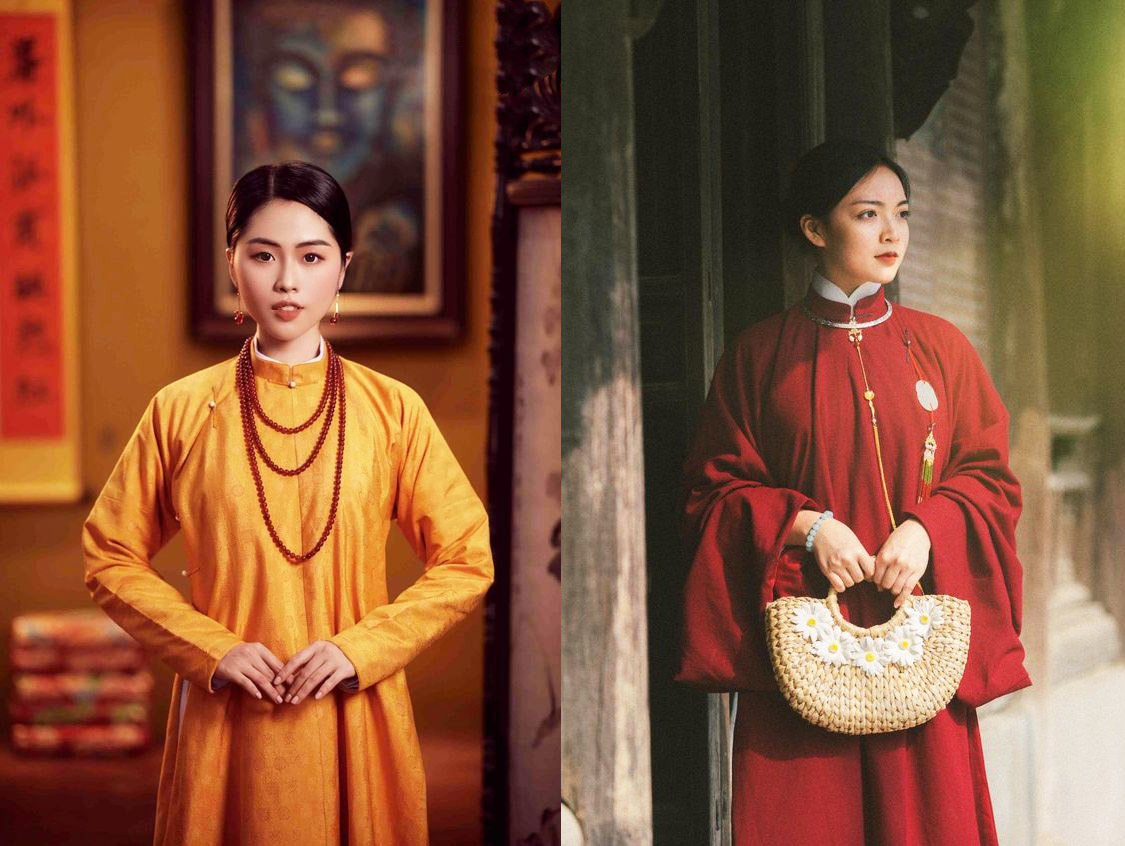
Conclusion: Ao Dai Vietnam – More Than Just a Dress
The story of ao dai Vietnam is not just about fashion—it’s a tale of culture, identity, resilience, and beauty. It has survived colonialism, war, globalization, and modernization. Through every change, it has remained a beacon of Vietnamese femininity and pride with Vietnam Travel.
Wearing ao dai is more than donning a traditional costume. It is an act of honoring history, celebrating femininity, and embracing national identity. Whether worn on the streets of Hanoi, in the classrooms of Ho Chi Minh City, or at fashion shows in Paris, ao dai Vietnam continues to inspire and captivate the world.
See more post: Vietnamese traditional clothing: A deep dive into cultural elegance
